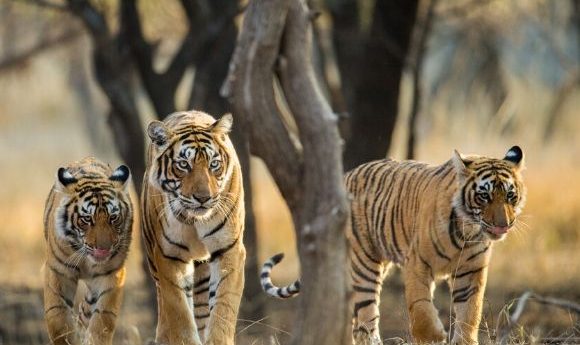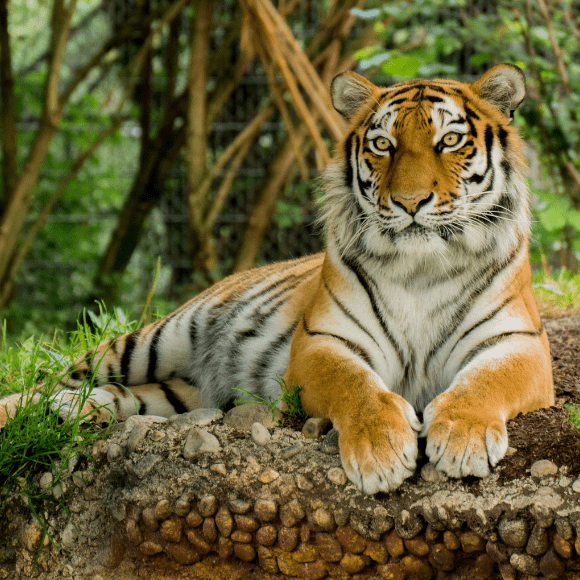Tigers and COVID-19: are protective measures really needed?

Indian wildlife authorities have faced criticism after announcing new measures to protect wild tiger populations from COVID-19.
Following the mysterious death of a tiger in the Pench Tiger Reserve (Seoni District, India) earlier this month, Indian officials have announced strict protective measures to shield the country’s vulnerable wild tiger populations from COVID-19.
While the tiger’s death was later confirmed to be unrelated to the virus, fears that the wild tiger populations could be vulnerable had already risen, and Indian wildlife authorities put the country’s 50 wild tiger reserves on high alert. The decision has been met with some degree of criticism, with many believing the actions are entirely unnecessary.
If you would like to keep up to date with our content on coronavirus, you can sign up for our site here, where you can subscribe to our newsletters for free!
“This coronavirus could turn out to be very dangerous,” explained Anup Kumar Nayak of the National Tiger Conservation Authority (New Delhi, India). “We do not know what will happen in the future, but we are taking every precautionary measure. We have to take care of them.”
Although perhaps a little misguided, the wildlife authorities’ concerns are not completely unfounded, as tigers are known to suffer from other respiratory conditions, such as rhinotracheitis, and a captive tiger at New York City’s Bronx Zoo (NY, USA) has already tested positive for the disease. Furthermore, as India’s 2,967 wild tigers make up three-quarters of the global population, their protection is vitally important in maintaining the species as a whole.
 From bats to big cats: how are animals affected by COVID-19?
From bats to big cats: how are animals affected by COVID-19?
The Bronx Zoo (NY, USA) confirms the first case of COVID-19 in a non-domesticated animal – a Malayan tiger called Nadia – highlighting a need for veterinary research during the pandemic.
Wildlife wardens are being advised to restrict all public movement into national parks, reserves and sanctuaries where wild tiger populations are present, closely observe tigers for any respiratory symptoms (including nasal discharge, coughing and labored breathing), send samples from tigers’ post-mortem investigations to laboratories to test for the virus and provide testing for any staff exposed to the virus or sick cats.
These measures were introduced 2 weeks ago, and wildlife wardens are yet to report anything to indicate that any of the tigers have become infected. However, these measures have not been removed and authorities remain on high alert, despite criticisms from other conservationists that they are focusing on the wrong problem.
It has been suggested that the biggest threat to the wild tiger populations during the current coronavirus pandemic is not the disease itself, but rather the depletion of their prey species as a result of illegal hunting by locals who are unable to source food during the lockdown.
Others have warned that the restrictions will harm impoverished people living in or near the tiger reserves as they may be unable to collect the essential supplies, such as food and firewood. In a letter to the environment ministry, Indian wildlife biologist Ravi Chellam urged officials to relax the restrictions so as not to impact the villagers from the local areas.
“Indian wildlife faces far greater threats from habitat fragmentation, degradation, destruction, climate change, poaching and potentially many other diseases than from Covid-19,” Chellam remarked.





